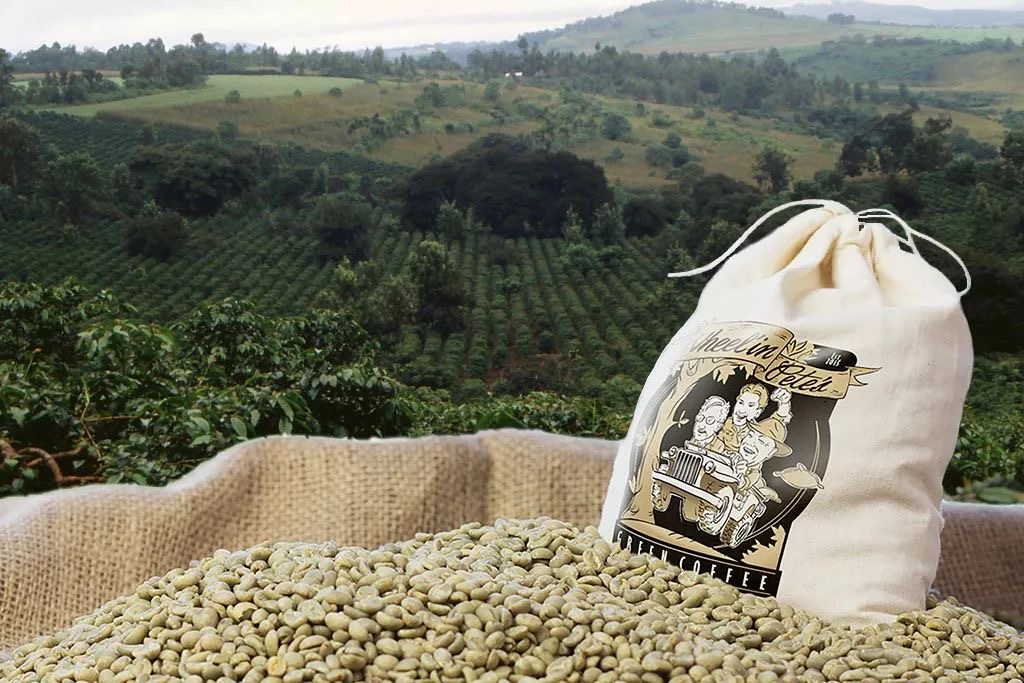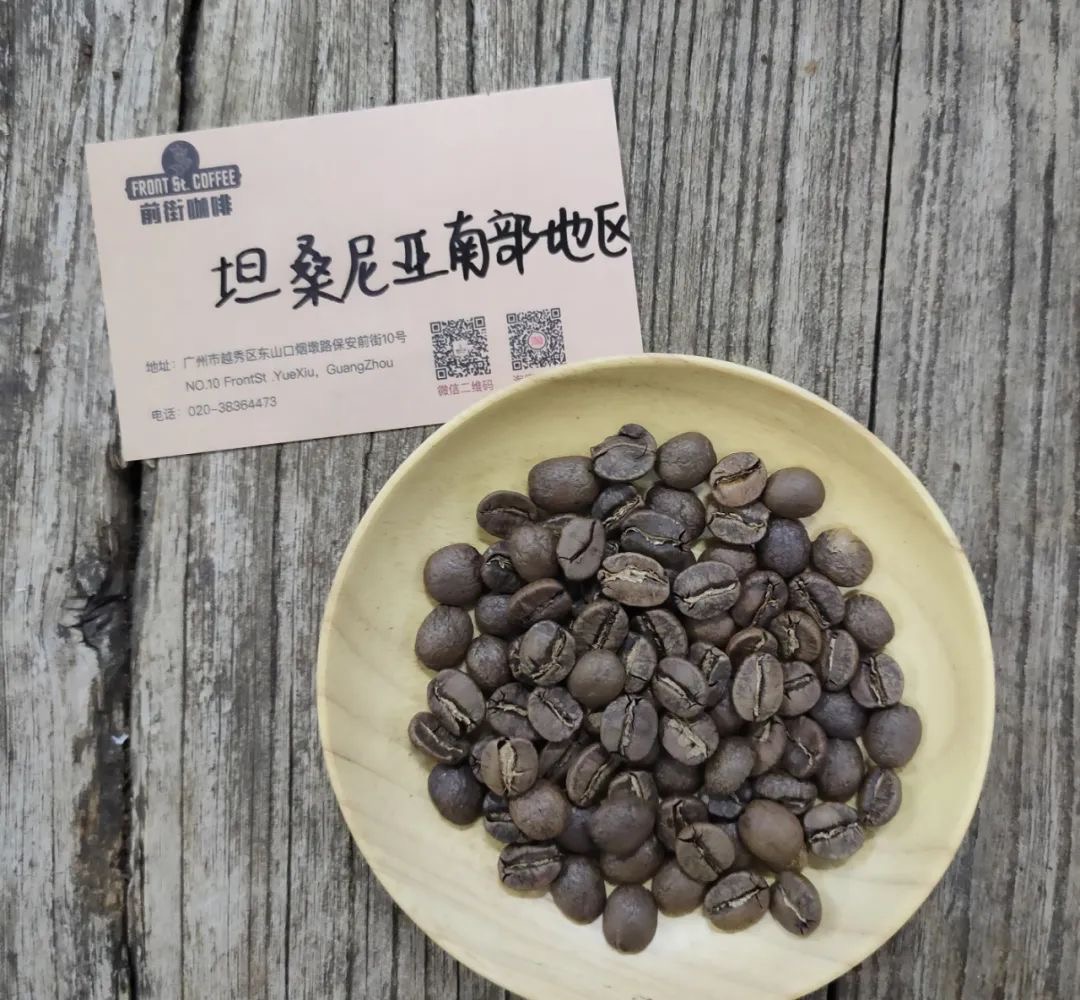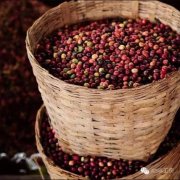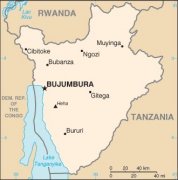Coffee flavor and main processing methods of East African coffee in Tanzania
Coffee bean production areas in Tanzania:

Most of the famous Tanzanian peach berry coffee, like most Tanzanian Arabica coffee, grows on Mount Meru and Kilimanjaro.
Most of the Arabica coffee in Tanzania is produced in the Kilimanjaro region and the southern highlands. Some of the best coffees in Tanzania are Tanzania Peach Coffee and Tanzania Kilimanjaro Coffee, which also includes some Fair Trade Coffee.
Tanzanian coffee flavor:

Tanzania's peach coffee is usually medium-bodied and bright, even penetrating, with a fruity acidity. Strong blackcurrant flavors soften the chocolate with a sweet and deep finish. The peach is full-bodied, medium-bodied and has a citrus flavor. East African coffee is famous for its bright, crisp and fruity characteristics, and the peach in Tanzania is the best example.
Usually compared with Kenyan coffee, Tanzanian coffee is full of vitality, with distinct sour taste and wine acidity and rich flavor. Medium-bodied to full-bodied, looking for cedar aromas in sweet berry and fruit aromas, with rustic aromas and a long finish.
Coffee processing and grading in Tanzania:

In fact, all coffee in Tanzania is wet-processed. Like Kenya, coffee is graded based on the size of beans, and AA is the highest grade. The most common varieties of coffee grown in Tanzania are Typica/Nyara, Blue Mountain, Bourbon and Kent.
There are usually two flat coffee beans in each coffee cherry. However, some cherries produce peas in the shape of pearls instead of peaches. These peaches are separated from lentils because they are more full-bodied and sold at a high price.
Similar flavor characteristics of coffee from Tanzania and Kenya:
Tanzanian peaches have similar flavor characteristics to Kenyan coffee and can be made into a cup of coffee with wild fruit flavor.
The baking of beans from Tanzania:
Medium roasted, the aroma may be quiet and complex, with aromas of citrus, pineapple or coconut. Tanzanian peaches are usually very delicate, with the taste of wine, but have a velvety, even syrup-like taste.
Important Notice :
前街咖啡 FrontStreet Coffee has moved to new addredd:
FrontStreet Coffee Address: 315,Donghua East Road,GuangZhou
Tel:020 38364473
- Prev

African High altitude Coffee Zambian Coffee Flavor and three usual processing methods
Zambian coffee was grown in the 1950s to get rid of overnight copper ponies and diversify exports. Not surprisingly, the focus is on output and production efficiency. The plantation is large and tidy, planted in sunny conditions on flat ground and processed in large wet mills as much as possible. Zambian coffee is fruity, rich in citrus fruits, with berry and melon flavors. North
- Next

Geographical location of East African Coffee in Burundi characteristics and defects of Burundian Coffee
Burundi is a small country, about the size of Maryland. Coffee-growing areas are concentrated in the northern centre of the country, extending northward from the centre of the country to the Rwandan border (including Kitga, Kaluzi, Kayanza, Kirundo, Muyinga and Ngozi provinces). In the northern mountains of a small landlocked country, specialty coffee is becoming a source of hope and opportunity. Ngozi area is high above sea level
Related
- Beginners will see the "Coffee pull flower" guide!
- What is the difference between ice blog purified milk and ordinary milk coffee?
- Why is the Philippines the largest producer of crops in Liberia?
- For coffee extraction, should the fine powder be retained?
- How does extracted espresso fill pressed powder? How much strength does it take to press the powder?
- How to make jasmine cold extract coffee? Is the jasmine + latte good?
- Will this little toy really make the coffee taste better? How does Lily Drip affect coffee extraction?
- Will the action of slapping the filter cup also affect coffee extraction?
- What's the difference between powder-to-water ratio and powder-to-liquid ratio?
- What is the Ethiopian local species? What does it have to do with Heirloom native species?

